Landscape photography may at first thought, seem relatively easy. After all you are not dealing with children or animals, your subject matter is unlikely to run away - surely all you need to do is point your camera in the right direction and get lucky with the weather? Unsurprisingly it’s a little more complicated. Granted, you may occasionally get a lucky shot, but as any landscape photographer will tell you, being in the right place at the right time inevitably involves a degree of research and planning.
A successful landscape image also needs good light and it must be well composed. It should attempt to capture the essence of a place; as with travel photography, a good landscape image will draw the viewer into the scene and make them want to be there. As with any image, a good landscape photograph is one which holds the viewer's attention, and makes them linger just that little bit longer. It's an image that has a certain something, which you can’t always put your finger on. This may be down to good lighting, having a unique or interesting angle or just sheer simplicity, but having great subject matter alone is not enough.
One of the joys of landscape photography is being outside; to breathe fresh air, to have the opportunity to slow down, to soak up the world around us and to appreciate it for all its beauty. Granted, while we're on holiday we often have limited time, and we can’t always allow ourselves the luxury of being able to go back to a location time and time again to get the perfect shot. As such, you should use the time you have before you go away to practice and familiarise yourself with your camera and its capabilities. The following ten tips may also help.
1. Light…
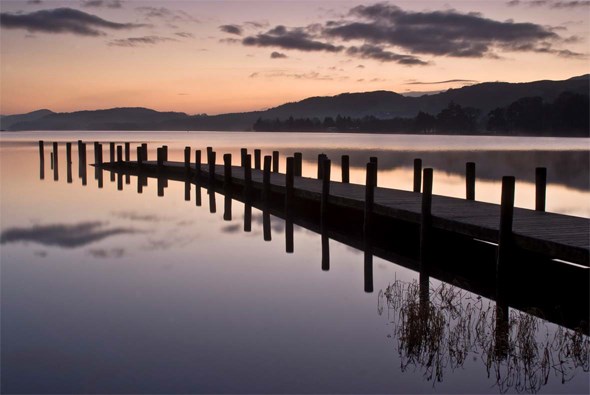
... is quite simply, everything. Without good light, an image can appear flat and lifeless. Most landscape photographers are up at the crack of dawn to catch the sunrise, and while you may not wish to do this every day while on holiday, you could be missing out on one of the most magical times of day when the light is soft and its most flattering. The golden hour, which occurs in the late afternoon and early evening is also another fantastic time. Avoid shooting in the middle of the day when the light is harsh and contrast is high, as shadows will be very dark and your camera will struggle to meter effectively. It may well be that you have to go back several times to a location before you get the image you want as the conditions are not quite right. This is not always possible when you are on holiday and have limited time, but it's more easily achieved when shooting closer to home.
2. Sky
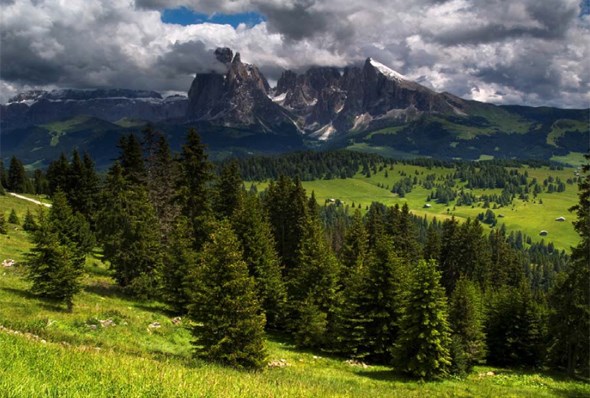
A good sky can really make an image. There is nothing worse than a dull grey or bland blue sky lacking in interest. Clouds also play an important part in casting shadows on the landscape before you, adding form and dimension. If you have a great sky then let it have its say! Try devoting two-thirds of the image to the sky.
3. Composition
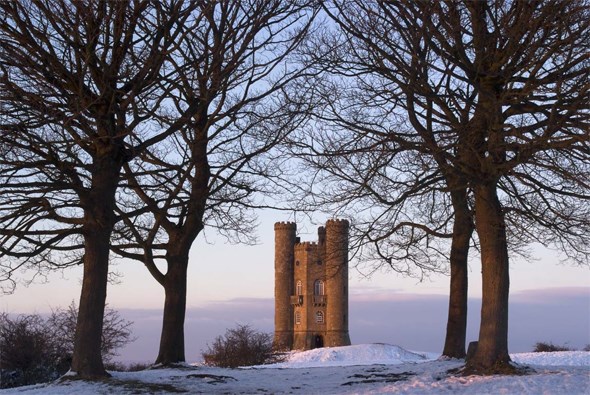
The way we compose our image - in other words, position the various elements within the frame - is vitally important. There are various guidelines which can prove useful. The ‘rule of thirds’ is one, whereby imaginary lines are drawn, dividing the image into thirds both horizontally and vertically. Important elements of your composition are then placed where these lines intersect. Quite often the horizon is positioned along the bottom third. However, rules are also there to be broken, so don’t be afraid of sometimes placing your main subject in the centre of the frame – this often works best with very simple compositions. Including some foreground interest will help to achieve a more balanced composition, as well as add depth and help draw the viewer's eyes into the scene. Lead-in lines, such as a path, wall or river can be used to achieve the same effect.
4. Use a tripod
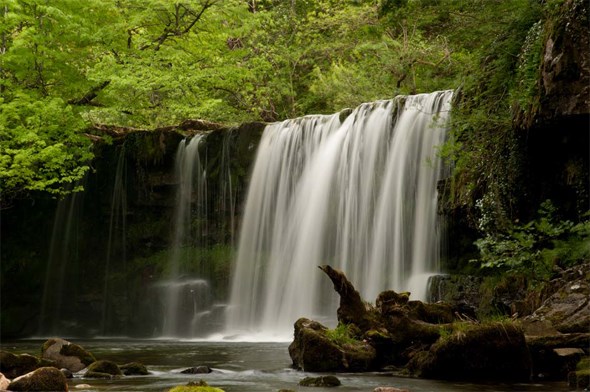
Where possible try to use a tripod. Not only does it minimise camera shake and allow long exposures, but it also really helps with composition. By slowing you down and allowing you to evaluate your image before you release the shutter, you take more time and care with your photography. There are many lightweight, compact tripods on the market which can be carried easily in hand luggage. If you can’t take a tripod on holiday, or if you find yourself in a place where it is not possible to use one, try resting your camera on a wall, car roof or anything else that will give it extra support.
5. Keep things simple
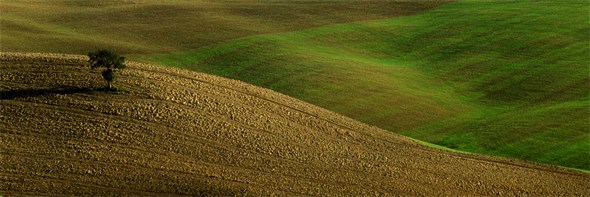
Try not to overcomplicate - often the best images are the simplest. Including too much in the frame can look messy and the viewer can easily lose sight of what they're supposed to be looking at. We may be lucky enough to find ourselves in an amazing place, such as at the Grand Canyon or somewhere equally majestic, but the image we produce on our camera does not reflect what we saw at the time. Quite possibly, it's just too vast to adequately capture, so instead of trying to squash everything in, try and pick out one element of the scene. Alternatively, focus on the texture of the rock, or the shape of the land. Remember that your visual system is far more sophisticated than the sensor inside your camera.
6. Familiarise yourself with your camera
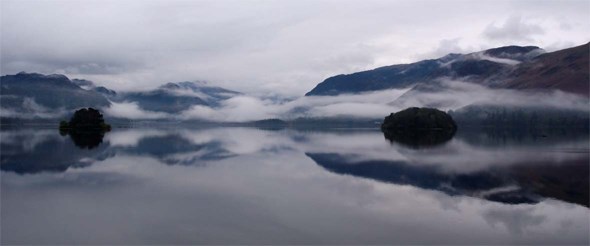
It sounds obvious but so much time can be wasted trying to locate certain functions. Digital camera menus can be quite complicated and you will probably only need a third of what’s available to you. Make sure you know how to get to all the settings you need before you begin shooting.
7. Experiment
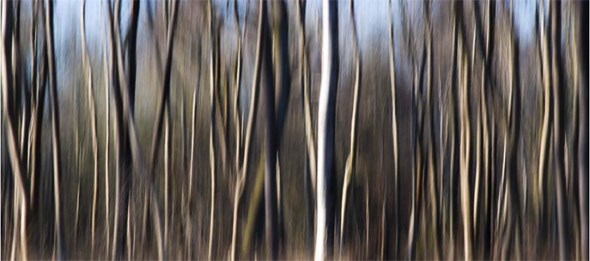
Don’t be afraid to experiment. It’s very easy to become locked into a way of doing things, or to always photograph the same type of scenery. Try to vary your technique. Force yourself to go to new places and photograph new subjects. If you’ve never done low-light or macro photography make a point of trying it. Occasionally taking yourself out of your comfort zone will open up new creative opportunities and keep your photography fresh.
8. Research and plan
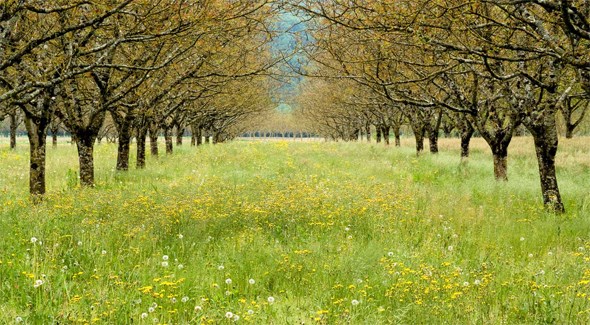
It's not often that we just happen across an image. The best images are usually those that have been researched and there are lots of tools out there to help us do this. The Photographer's Ephemeris is a handy app and desktop program which assists in planning all types of outdoor photography. It calculates the angle of sun and moon for any given location in the world, at any time of the year, and best of all it's free to download. LightTrac, an app for iPhone and Android OS devices, offers something similar. It may also be the case that there is a specific time of year that's good to be in a certain place. Late March/April for cherry blossom in Japan, for example, or late September/October for the fall in New England. A little bit of prior research before you plan your trip may prove invaluable.
9. Try to tell a story
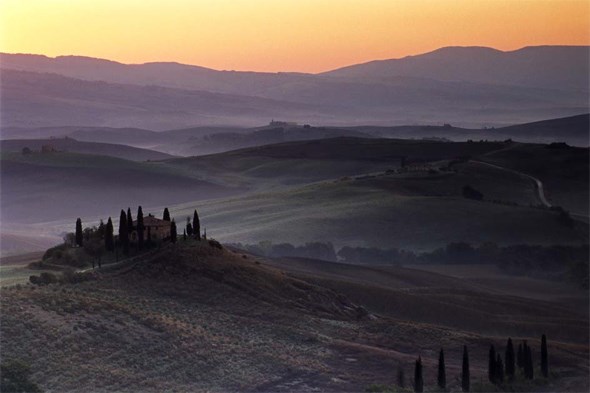
In creating your image try to invest something of yourself into the process. So, rather than just simply releasing the shutter, stop and take time to consider everything. Think about what you are attempting to capture in the scene before you – is it the calm and tranquillity of a beautiful lake, the solitude of a lonely tree or the drama of a mountainous environment? Think of your image as a way of taking the viewer on a journey into the landscape you see before you.
10. Learn from others
Other people’s images can be a great source of inspiration and help in the planning stages. Rather than seek to copy, use them to get different ideas on composition and look at the lighting. Try to identify what makes them work (or not, as the case may be). I’d recommend looking at postcards of the area you're photographing, as well as photographs in local magazines and image banks such as Flickr to get a feel for what a location offers. By looking at and evaluating other people's work as well as our own, we start to gain more understanding of why an image is successful.
Final Thoughts
As the great landscape master, Ansel Adams said: “Landscape photography is the supreme test of the photographer ? and often the supreme disappointment”. There may be times that you feel photographically ‘blind’; when nothing comes together, the light is 'wrong', you can’t find a good composition and nothing seems to be going right. However, while it can be frustrating at times, landscape photography can also be incredibly enjoyable and rewarding. So, in the pursuit of an image let’s not forget the journey. Like most things in life, half the fun is getting there.
Do you fancy joining Sarah on one of her landscape workshops? Click here for more details!
About the Author
Sarah Howard is a professional travel and landscape photographer who runs photographic workshops around the country. For more information visit her website.

